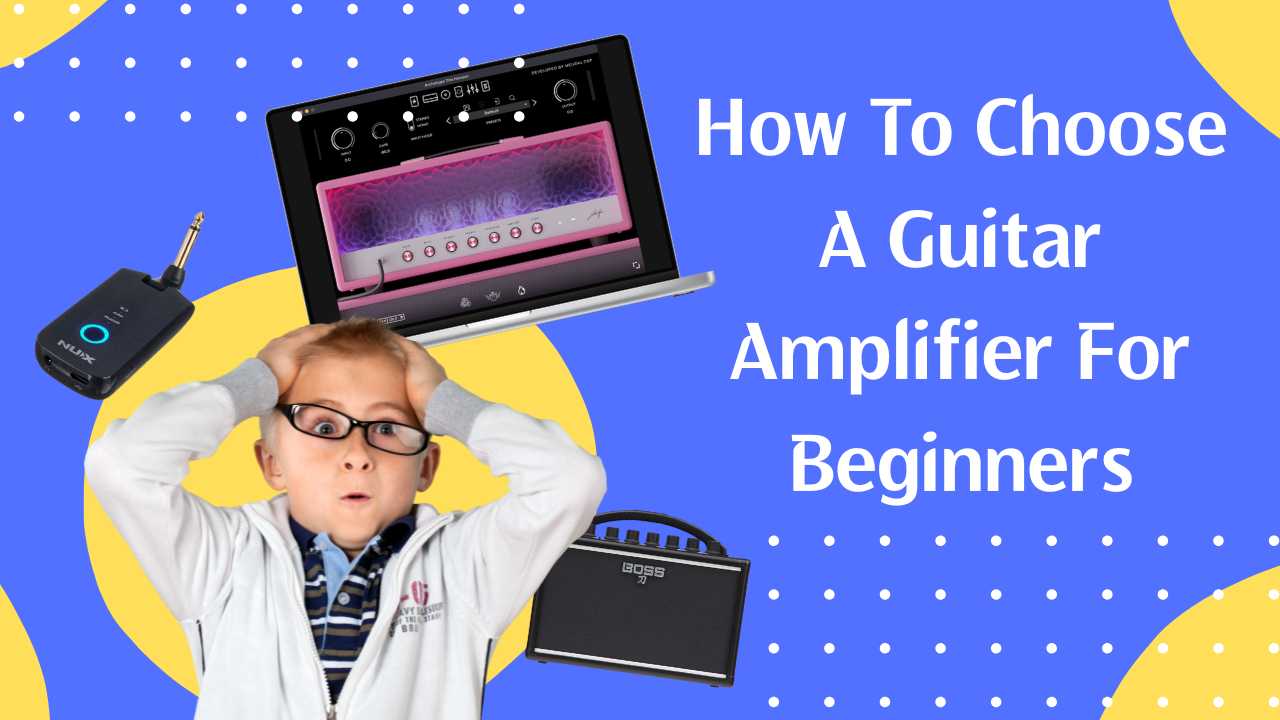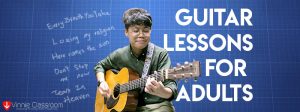How to Choose a Guitar Amplifier for Beginners

Choosing a guitar amplifier has become more challenging for beginners than ever before! With new brands emerging frequently and releasing both innovative models and reissues, the options can be overwhelming. Advancements in technology have also expanded the possibilities, transforming amplifiers into more than just a simple box with a speaker and a power plug. If you’re a beginner taking guitar lessons in Singapore, this article is here to guide you!
Taking guitar lessons can help you choose your guitar amplifier!
As said, buying a guitar amplifier can be really tough. You need an amplifier for practicing after your guitar lessons. There are plenty of options for buying a guitar amplifier in Singapore! Having a guitar teacher can be helpful in this case.
We are a music school offering guitar lessons at Upper Thomson Road, Singapore. Signing up for guitar lessons with us means learning from a team with over 10 years of experience running a successful music school in Singapore. Over the years, we have refined our teaching methods to ensure they are engaging, effective, and tailored to suit students of all ages and skill levels. Our commitment to excellence goes beyond lessons—we organize annual recitals! It provides our guitar students with the opportunity to showcase their progress, build confidence, and experience the joy of performing.
7 Types of Guitar Amplifier Options for Beginners
- Traditional Combo
- Built-in Effects
- Internal Battery
- Impulse Response
- Headphones Amplifier
- Plugin with Audio Interface
- Novelty
Traditional Guitar Combo
In the guitar industry, the term “combo” is short for “combination.” A guitar amplifier typically consists of two main components: the head, which processes the guitar signal and shapes the tone, and the cabinet, a box with speaker(s) that projects the sound. However, separating these components can increase production costs and make things more complicated for beginners. To address this, many manufacturers offer guitar combos, which combine the head and cabinet into a single unit. Combos are a convenient solution, sparing beginners the hassle of figuring out wiring or dealing with speaker impedance.
Marshall MG10G 10W Guitar Combo Amplifier
The MG10G might not be the best-sounding guitar amplifier out there, but it’s a straightforward, no-frills option that gets the job done. Many guitarists begin their journey with a modest amplifier like this one and upgrade later as they develop a deeper understanding of guitar tone.
Guitar Amplifiers with Built-In Effects
An amplifier with built-in effects is an excellent way for beginners to explore the world of guitar effects. In our guitar lessons, we’ve often noticed that many students are unfamiliar with effects and need hands-on experience to understand how they interact with their playing. Since individual effect pedals can be quite expensive, a guitar amplifier with built-in effects provides a cost-effective way for students to experiment and gain confidence. This makes transitioning to standalone or multi-effects pedals much smoother.
NUX Mighty Lite BT MKII Amplifier
Battery Inside!
Impulse Response
Impulse Response (IR) might sound like a medical term to some and seem confusing to others, but it has been a game-changer in the guitar world. Since its introduction, IR technology has made legendary tones more accessible and affordable for the average guitarist. It enables players to achieve tones that were traditionally only possible in professional recording studios with advanced soundproofing. Many iconic tones, in case you didn’t know, require amps to be cranked to ridiculously loud volumes—so loud that the entire room would shake!
Rather than recommending a specific guitar amplifier for this section, I want to highlight the importance of IR technology. If it’s available in any of the amplifiers you’re considering, make sure to take full advantage of it!
Headphones Amplifier
Headphone amplifiers might just be the perfect solution for bedroom guitarists! Let’s face it: many of us live in close quarters where loud guitar practice can annoy family members or even drive the neighbors crazy. Noise pollution is stressful for everyone.
In the past, headphone amplifiers was an unpopular choice because they often sounded terrible. Poor guitar tone blasted directly into your ears could quickly lead to ear fatigue and frustration. However, thanks to the advancements in IR technology mentioned earlier, headphone amps now sound better than most basic practice amplifiers!
One thing to keep in mind: you’ll need wired headphones, as Bluetooth earphones aren’t compatible due to latency issues. Here’s hoping future advancements will resolve this and take headphone amplifiers to an even higher level!
Plugin with Audio Interface
If you’re tech-savvy and spend a lot of time working on your computer, the plugin and audio interface setup might be perfect for you. However, we don’t recommend this route for beginners due to its steep learning curve. Setting up and configuring the system requires some technical know-how, but the tonal benefits are immense! Imagine practicing with authentic amplifier captures of real-world amps that cost thousands of dollars.
Before diving in, you’ll need an audio interface to get started. The good news is that both the plugin and audio interface are quite affordable, making this an excellent option for those ready to explore the digital realm of guitar tones.
P.S. There are free plug-ins readily available. If you are a Mac user, Garageband has quite a few good options too!
Novelty
The market is filled with novelty amplifiers, often aimed at collectors or those shopping for unique Christmas gifts. While these amps may look cute and stylish, they’re not designed with quality tone or usability in mind. Typically equipped with small speakers, they lack dynamic response, tonal depth, and sufficient volume.
Since this article focuses on guiding beginner guitar students, we recommend steering clear of these options.
Here are some examples.


Conclusion
However, if you still need help, talk to us. Taking guitar lessons can help you understand what guitar amplifier fits you the best. Consider taking a Trial Lesson with us! I am sure with our decade-long experience, we will be of valuable help to you. Contact us through these easy channels! 🙂














